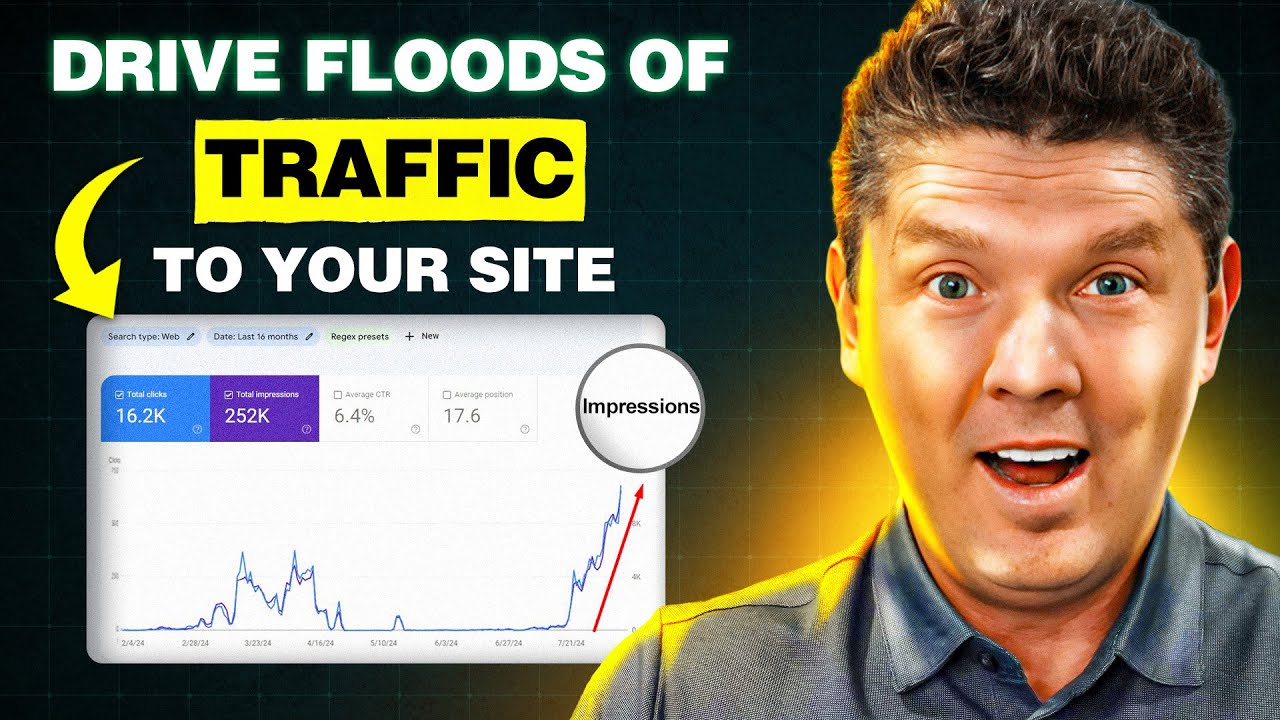The Google August 2024 Core Update has officially finished rolling out, leaving many website owners and SEO professionals analyzing the impact on search rankings. Google’s core updates are designed to improve the search engine’s ability to deliver relevant and high-quality content to users. With the completion of this update, it’s crucial to understand the changes it has brought and how they might affect your website’s performance.
What Is the Google January 2025Core Update?
Before diving into the specifics of the Google August 2024 Core Update, it’s important to understand what a core update is. Google regularly makes significant changes to its search algorithm through core updates. These updates aim to refine how search results are ranked and ensure that users receive the most relevant and authoritative content for their queries.
The August 2024 Core Update is part of Google’s ongoing efforts to enhance search quality. As with previous core updates, the changes introduced are broad and affect websites across various industries.
Key Changes in the Google January 2025 Core Update
Now that the Google August 2024 Core Update has finished rolling out, several key changes have been observed. These changes can significantly impact your website’s search engine rankings:
1. Focus on Content Quality
Content quality has always been a cornerstone of Google’s ranking algorithm, and the August 2024 update reinforces this priority. Google continues to reward content that is well-researched, informative, and provides real value to users. Websites with thin or low-quality content may experience a drop in rankings.
Tip: To adapt to this change, focus on creating comprehensive, high-quality content that addresses the needs and questions of your target audience. Regularly update older content to ensure it remains relevant and accurate.
2. Increased Emphasis on E-A-T (Expertise, Authoritativeness, Trustworthiness)
The August 2024 Core Update places even greater emphasis on E-A-T principles. Google is prioritizing content that demonstrates expertise, authority, and trustworthiness, particularly in YMYL (Your Money or Your Life) niches such as finance, health, and legal advice.
Tip: Establish your website’s authority by featuring expert authors, citing reliable sources, and obtaining backlinks from reputable websites. Ensure your content is fact-checked and provides accurate, trustworthy information.
3. User Experience and Page Speed
User experience continues to be a significant factor in Google’s ranking algorithm. The August 2024 update has heightened the importance of page speed, mobile-friendliness, and overall user experience.
Tip: Optimize your website’s loading speed, ensure it is mobile-responsive, and provide a seamless user experience. Tools like Google PageSpeed Insights can help you identify and fix performance issues.
4. Impact on Niche Markets
The update has caused noticeable fluctuations in niche markets, particularly in highly competitive industries. Some websites may see significant gains in rankings, while others experience declines, depending on the relevance and quality of their content.
Tip: Analyze your website’s performance post-update and identify any patterns. Focus on producing niche-specific content that addresses the unique needs of your audience.
How to Assess the Impact of the Google August 2024 Core Update
With the Google August 2024 Core Update finished rolling out, it’s crucial to assess how your website has been affected. Here are steps you can take:
1. Monitor Your Rankings
Use SEO tools like Google Search Console, Ahrefs, or SEMrush to monitor your search rankings. Look for any significant changes in your keyword positions and organic traffic. Identify which pages have been most affected by the update.
2. Analyze Traffic Trends
Examine your website’s traffic data in Google Analytics. Compare traffic levels before and after the update. If you notice a drop in traffic, identify the pages that have been impacted and analyze possible reasons.
3. Conduct a Content Audit
Perform a content audit to evaluate the quality of your existing content. Identify low-performing pages that may need to be updated, expanded, or even removed. Focus on aligning your content with Google’s emphasis on quality and relevance.
4. Review Competitors
Analyze your competitors’ performance post-update. Identify any websites that have gained rankings and study their content strategy. Understanding what your competitors are doing well can provide insights for improving your own content.
Adapting Your SEO Strategy Post-Update
Adapting to the Google August 2024 Core Update is essential for maintaining and improving your search rankings. Here’s how you can adjust your SEO strategy:
1. Prioritize High-Quality Content
Make high-quality content the foundation of your SEO strategy. Focus on producing in-depth, well-researched articles that provide value to your audience. Regularly update your content to keep it current and relevant.
2. Enhance E-A-T Signals
Strengthen your website’s E-A-T signals by showcasing expert authors, obtaining quality backlinks, and maintaining transparency. Consider adding author bios and credentials to establish credibility.
3. Improve User Experience
Optimize your website for a better user experience. Ensure fast loading times, mobile responsiveness, and easy navigation. Google’s emphasis on user experience means these factors will continue to play a critical role in rankings.
4. Diversify Content Types
Experiment with different content formats, such as videos, infographics, and podcasts. Diversifying your content can attract a broader audience and improve engagement metrics, which are increasingly important for SEO.
Conclusion
The Google August 2024 Core Update has finished rolling out, bringing significant changes to the SEO landscape. As Google continues to refine its algorithm, it’s essential to stay informed and adapt your strategies accordingly. By focusing on high-quality content, enhancing E-A-T signals, and improving user experience, you can navigate the impact of this update and position your website for success in the search rankings.
Stay proactive, monitor your performance, and continue to refine your approach to align with Google’s evolving standards. The key to thriving in the wake of a core update lies in your ability to adapt and prioritize the needs of your audience.
